For the past 20 years there has been a continuous human presence in space on the International Space Station (ISS). It began on 2 November 2000 when the crew of Expedition-1 – US astronaut William ‘Bill’ Shepherd, and Russian cosmonauts Sergei Krikalev and Yuri Gidzenko – docked their Soyuz spacecraft with the ISS, climbed through the hatch and switched on the lights.
Since their arrival, a steady crew rotation means the ISS has never once gone unoccupied. There are generations growing up today who have only known a time when the human race lived both on and off planet Earth.
Listen to our latest podcast on 20 years of the ISS:
With each sunrise we awake and go about our daily lives with little thought that a group of humans are living on the International Space Station, 400km above Earth.
The International Space Station travels at 27,600km per hour, meaning astronauts on the ISS see 16 sunrises a day and make one orbit around Earth in 90 minutes.
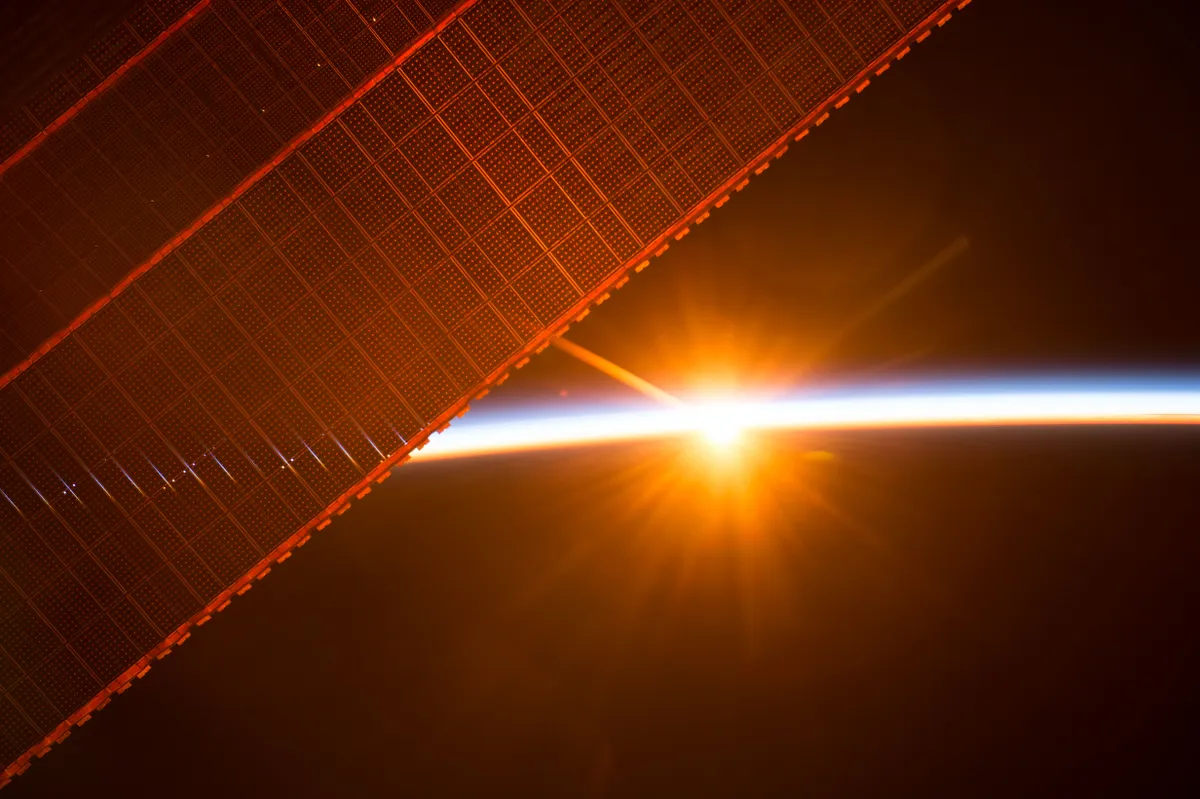
The ISS is an engineering marvel: the largest structure ever built in space. It weighs around 420,000kg (more than 320 cars) and at 109m is longer than a football pitch.
Modular in design and constructed over 13 years, it has 8 solar arrays, a main truss ‘backbone’ and pressurised habitation modules.
The living quarters are altogether larger than a 6-bedroom house and include 6 sleeping quarters, 2 bathrooms, a gym and a 360° view bay window called the Cupola.
“When you look at the whole assembly, there were around 37 Space Shuttle flights,” says NASA astronaut Jeff Williams, who saw 4 trips to the ISS including STS-101, the 3rd mission devoted to its construction.
“And there were also about roughly 40 Russian rocket launches that supported the assembly of the ISS. Most of those flights took up a major component; some were logistics missions that supplied the ISS.”
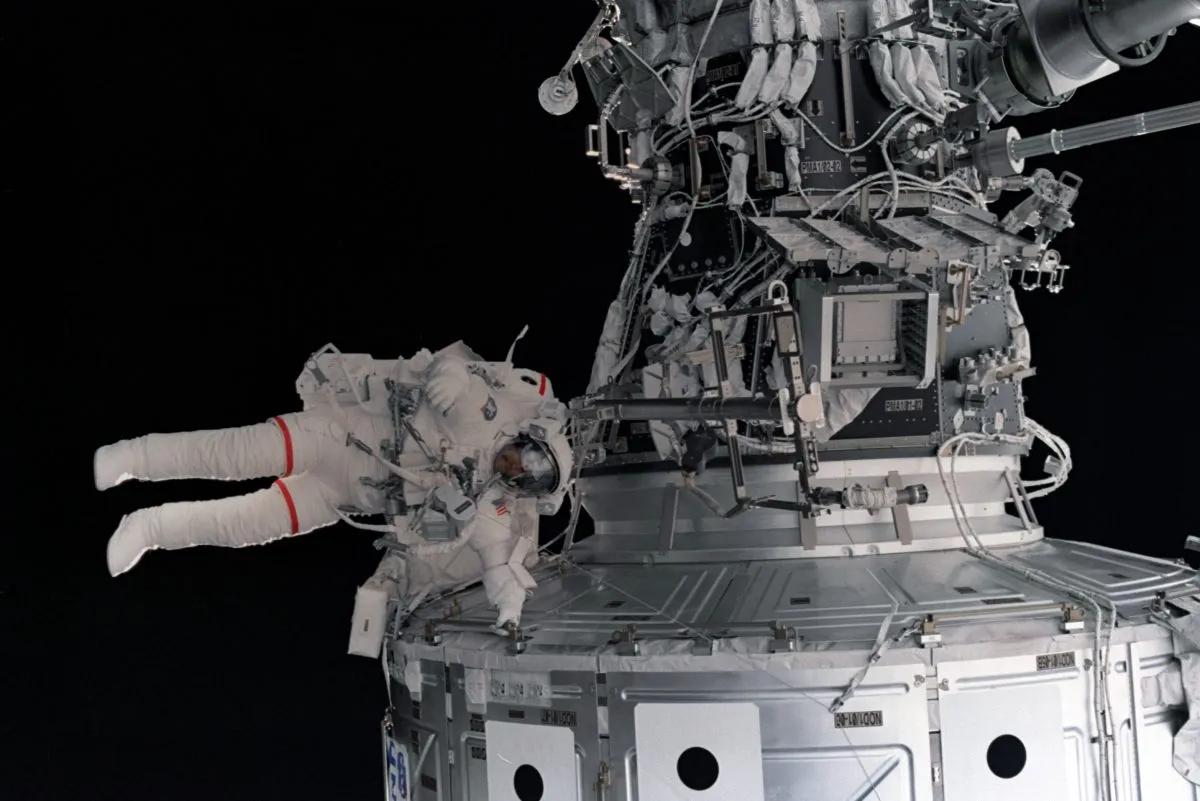
In numbers: facts about the ISS
- 27,600 Orbital speed in kilometres per hour
- 420 Weight in tonnes
- 4 billion Maintenance cost in US dollars per year
- 240 Number of individuals who have visited
- 16 Frequency of Earth orbits in 24 hours
- 109 Length in metres, end-to-end
- 4 Minimum time in hours for a spacecraft to arrive after launch
- 2,700 Individual science investigations
- 350,000 Number of sensors monitoring crew health and safety
- 1,500,000 Lines of flight computer code
- 388 Cubic metres of habitable space
- 73 Wingspan in metres of the solar arrays
- 231 Spacewalks since launch, including during construction
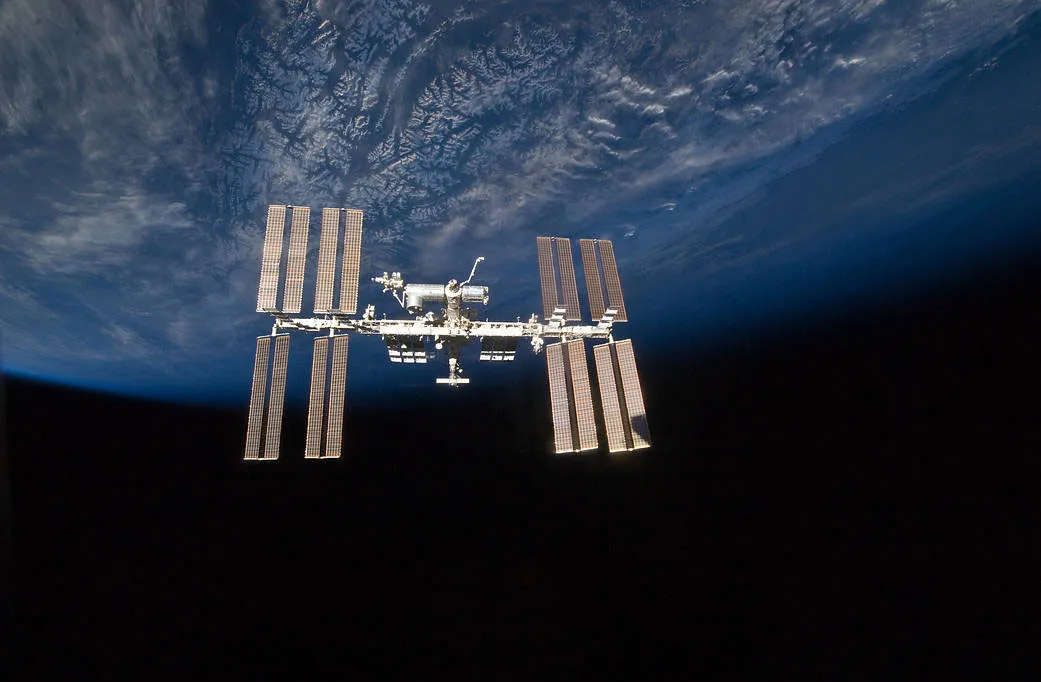
How was the International Space Station built?
Back in 2000 the ISS was a fraction of its current size with just three modules providing the basics for permanent habitation.
Zarya was the first module launched into orbit in 1998 (funded by the US, and built and launched by the Russian space agency Roscosmos), shortly followed by the US-built and launched Unity module.
After an 18-month delay, the Russian-built Zvezda, which would provide life support systems for the ISS, was connected to Zarya in September 2000, in readiness for the first crew.
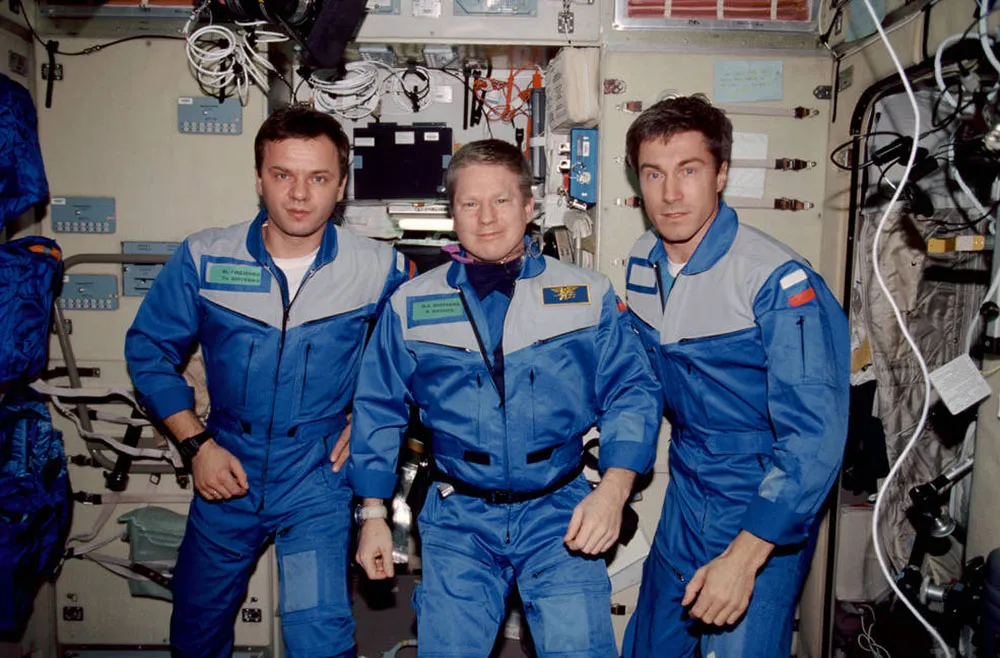
Williams explains: “It was not an easy road even to get to that point: not only the political support but the technical integration of all of these components that needed to go together.”
By 1993, 9 years had passed since US President Reagan’s missive to build a space station within the decade.
Space Station Freedom, as it was then called, had undergone several redesigns as NASA engineers struggled with the challenges of building a large, stable structure in space.
But the fall of the Soviet Union made way for former adversaries to forge new partnerships, and Roscosmos brought invaluable experience from its own space stations, Salyut and Mir.
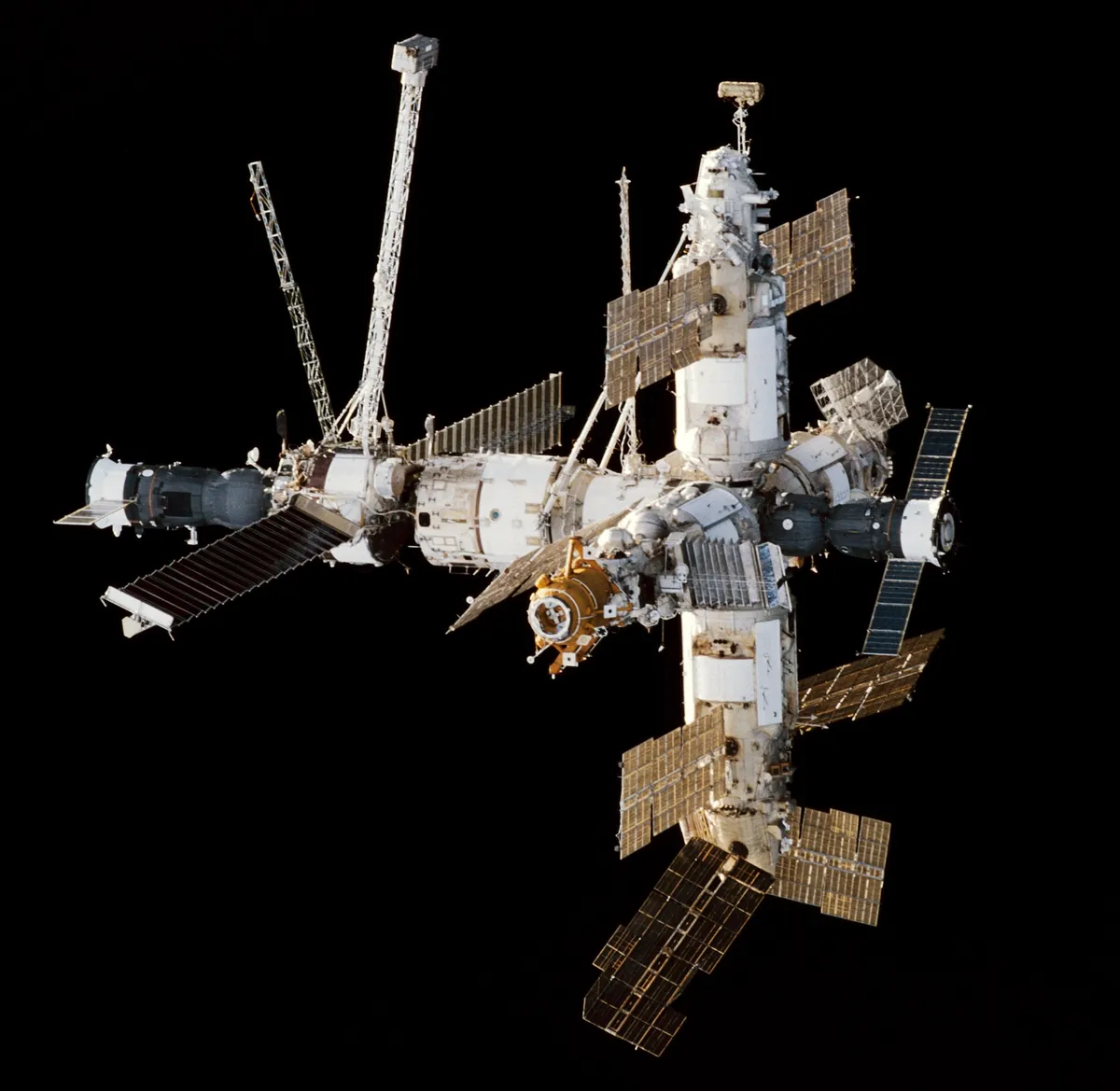
Together with the Canadian Space Agency, ESA and Japan’s JAXA, collaboration between 15 nations saw a truly International Space Station emerge.
The strength of this partnership was demonstrated when the 2003 Space Shuttle Columbia tragedy cost the lives of all 7 astronauts on board and halted further flights of the Shuttle. Williams lost close friends that day.
“It’s a great testimony to the strength of the partnership, particularly between the US and Russia, just to keep the ISS going while we addressed the issues that caused the Columbia tragedy, which of course grounded the Space Shuttle for between 2-3 years,” says Williams
This led to the now familiar sight of the Russian Soyuz capsule transporting Russian, US and European astronauts to the ISS.
Components of the International Space Station
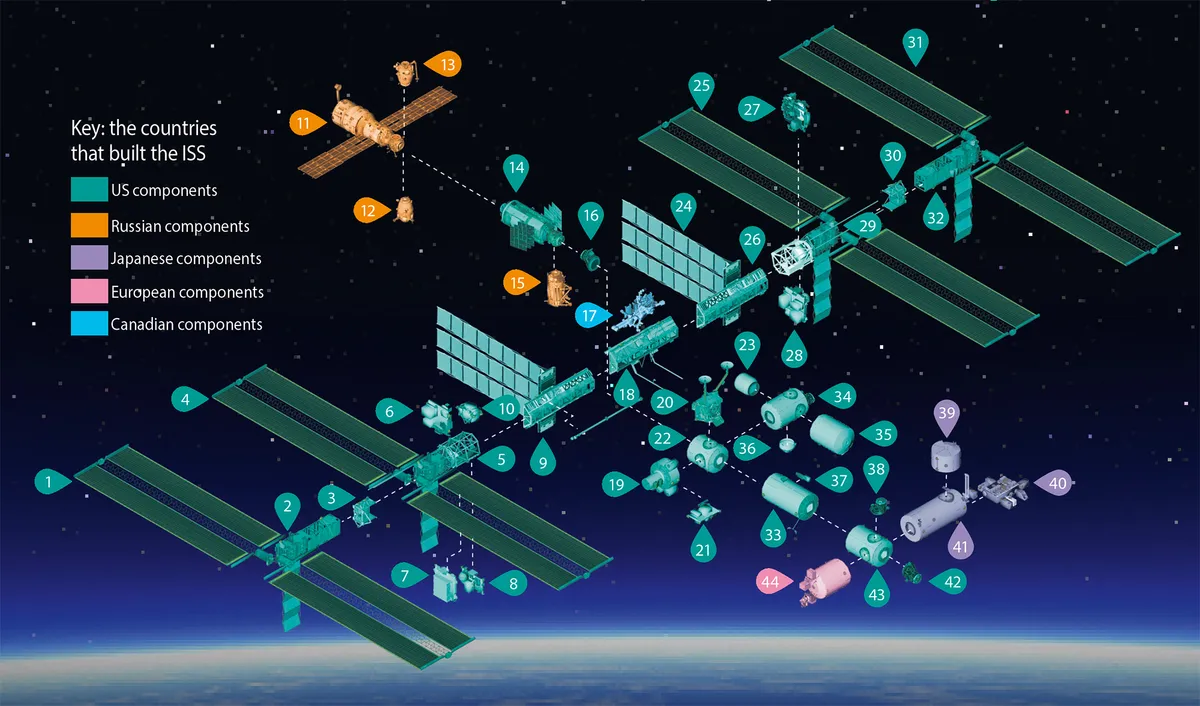
1 Starboard Solar Arrays 2 S6 Truss 3 S5 Truss 4 Solar Arrays 5 S3/S4 Truss 6 ExPRESS Logistics Carrier (ELC) 2 7 External Stowage Platform (ESP) 3 8 ELC 4 9 S1 Truss 10 AMS Experiment 11 Zvezda Service Module 12 Docking Compartment (DC 1) 13Poisk Research Module 14Zarya Control Module 15Rassvet Research Module 16Pressurised Mating Adaptor (PMA 1) 17 Canadarm2 18 S0 Truss 19 Quest Airlock 20 Z1 Truss 21 ESP 2 22 Unity (Node 1) 23Bigelow Expandable Activity 24Thermal Control Radiators 25 Solar Arrays 26 P1 Truss 27 ELC 3 28 ELC 1 29 P3/P4 Truss 30 P5 Truss 31 Port Solar Arrays 32 P6 Truss 33 Destiny Laboratory 34 Tranquility (Node 3) 35Permanent Multi-Purpose Module 36 Cupola 37 ESP 1 38 PMA 3 39Japanese Logistics Module 40Japanese Exposed Facility 41Kibo (Japanese Experiment Module) 42PMA 2 43 Harmony (Node 2) 44Columbus Laboratory
What do astronauts do on the ISS?
The ISS is not just a beautiful space habitat, but primarily a unique science laboratory, allowing for experiments that aren’t possible on Earth.
These range from studying how both the human body and plants react to life in space, to understanding how materials behave in microgravity.
The science is not all geared towards future spaceflight either. Recent experiments include growing protein crystals to investigate the causes of Parkinson’s disease and cancer, while using new sensor technologies to monitor astronauts’ core temperatures in space can help detect early signs of heat exhaustion for occupations such as firefighting.
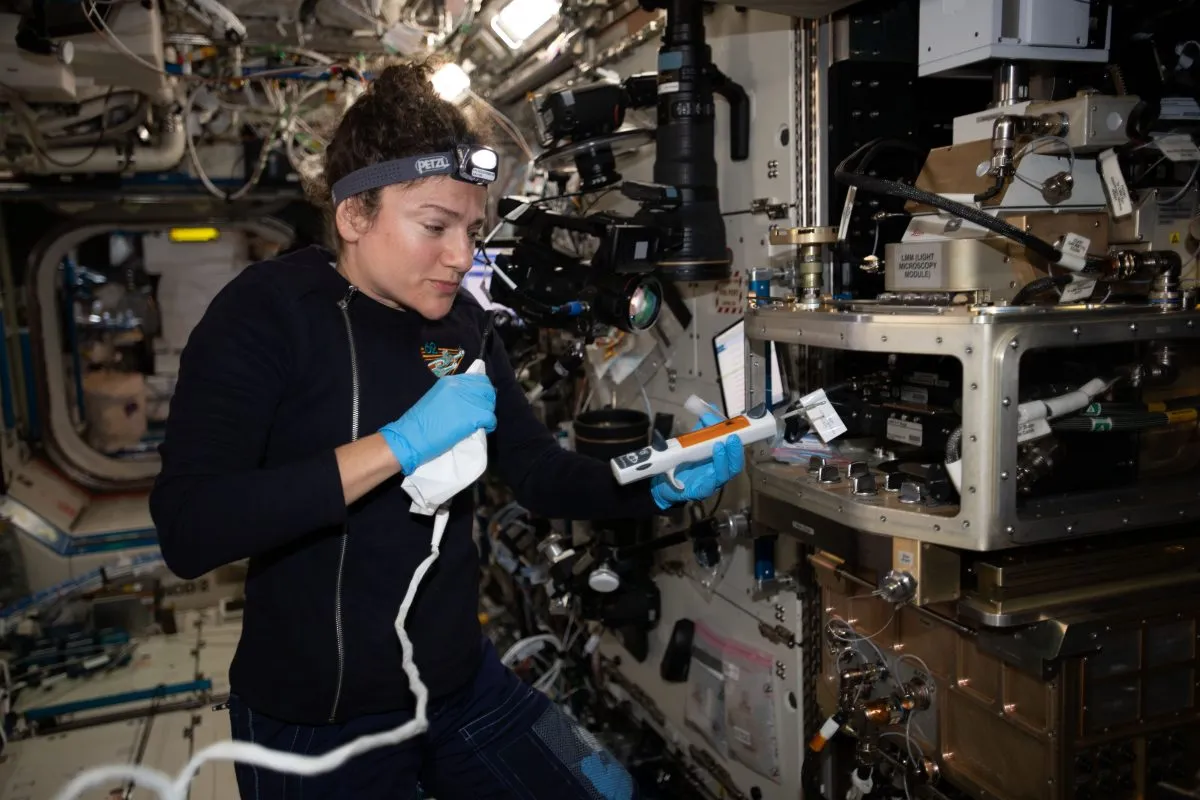
Astronauts have a canny way of making their experiments fun too. In 2015 Italian astronaut Samantha Cristoforetti posted a selfie of herself drinking the first espresso in space out of a zero-g cup.
Experiments like these allow scientists and engineers to understand how fluids behave, not just to give astronauts a decent cup of coffee (although, as many of us would agree, this would be totally understandable) but to make space habitats safer.
A working day for astronauts does not just entail interesting science experiments or even spacewalks: they are caretakers of the ISS, trained to repair and install parts, contributing to the space station’s longevity.
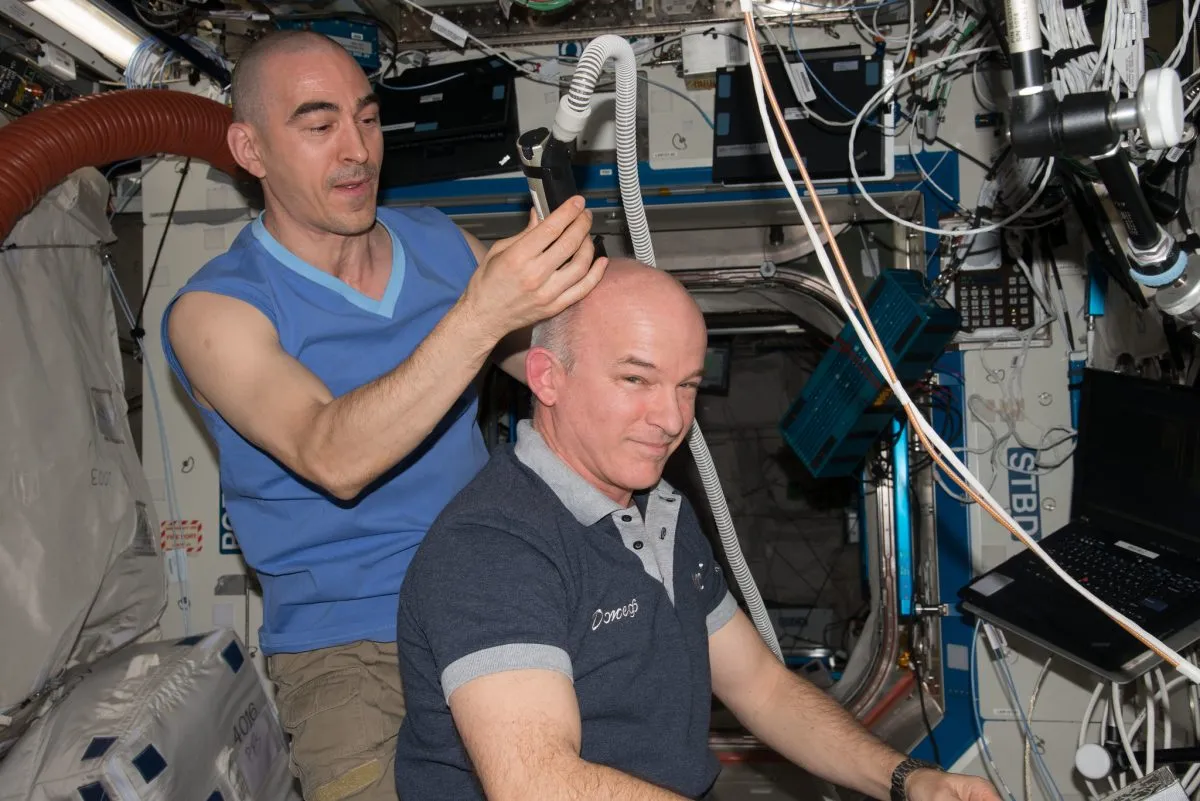
They are their own minor-injury medics, cleaners, photographers and even hairdressers, and must exercise for at least two hours everyday to prevent bone and muscle deterioration.
In their spare pockets of time ISS astronauts indulge our curiosities, showing us how they use the toilet, or how they sleep and eat, and even how to play a prank in space – the answer, if you’re US astronaut Scott Kelly, is to don a gorilla suit, jump out of a cargo box and chase a terrified Tim Peake through the ISS.
Those who use social media have captivated us with breathtaking views of Earth photographed from the famous Cupola – “the window on the world”, as Williams describes it, himself an avid photographer and part of the crew who installed it on the ISS in 2010.
“The variety of what you can see is endless in terms of studying Earth. I had two motivations to capture the experience: one was to be able to recall it myself but the bigger motivation was to vicariously bring that unique experience to people back home on Earth.”
As the ISS residents gaze down on us, we have looked back up at them traversing the sky 350km overhead.
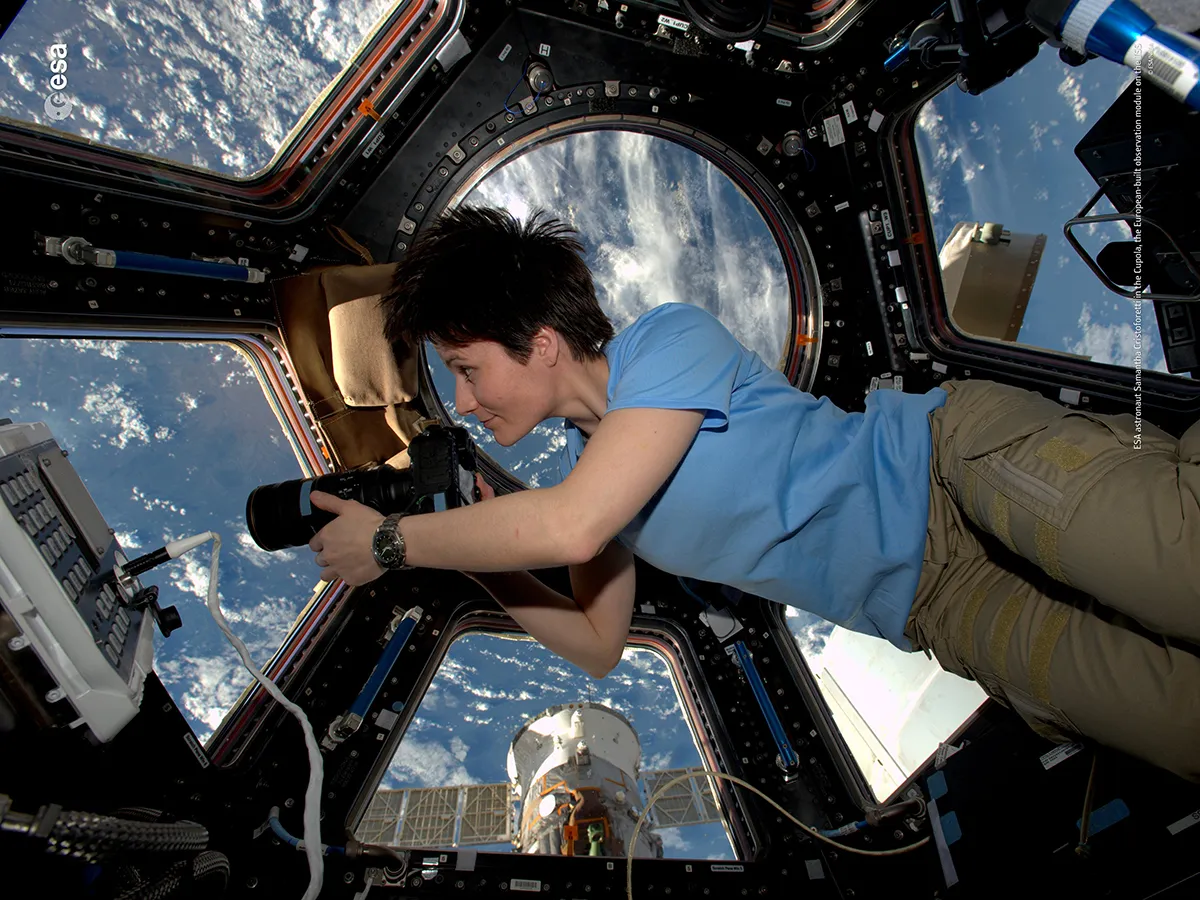
The future of the International Space Station
The ISS has been our metaphorical North Star, reminding us that the future of space exploration is here now. Now that future, and the fate of the ISS, is at a critical turning point.
With lofty goals of a Moonshot by 2024, NASA has been working to establish a low-Earth orbit economy, with the ISS as a commercial hub.
Private enterprise on the ISS isn’t new – Adidas used ISS astronauts to test its ‘Boost’ trainers in microgravity, while private companies have supplied modules, such as Boeing’s inflatable airlock, BEAM.
More than just providing an innovation lab for big brands though, there are now wider plans for privatising ISS operations, at least in part, to meet the £3–4 billion a year maintenance costs – that’s around half of NASA’s yearly spaceflight budget.
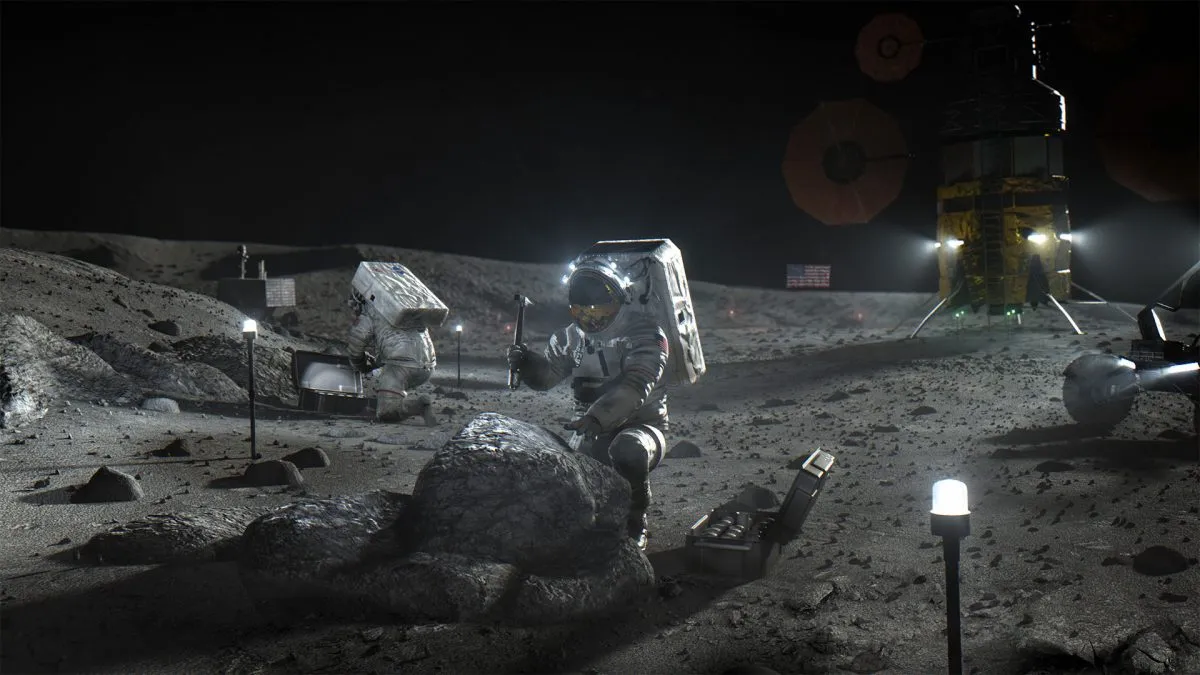
If a new shared-ownership model can’t be established, then the ISS may become an abandoned ship, a spare parts factory for other space stations, or purposely de-orbited to burn up in the atmosphere.
Williams says all options are still up for grabs: “All of these things are important to look at and to try and develop, and some will probably come to fruition.”
However, he also expresses a firm belief that maintaining an orbital presence, “will be necessary to develop an infrastructure at and around the Moon.”
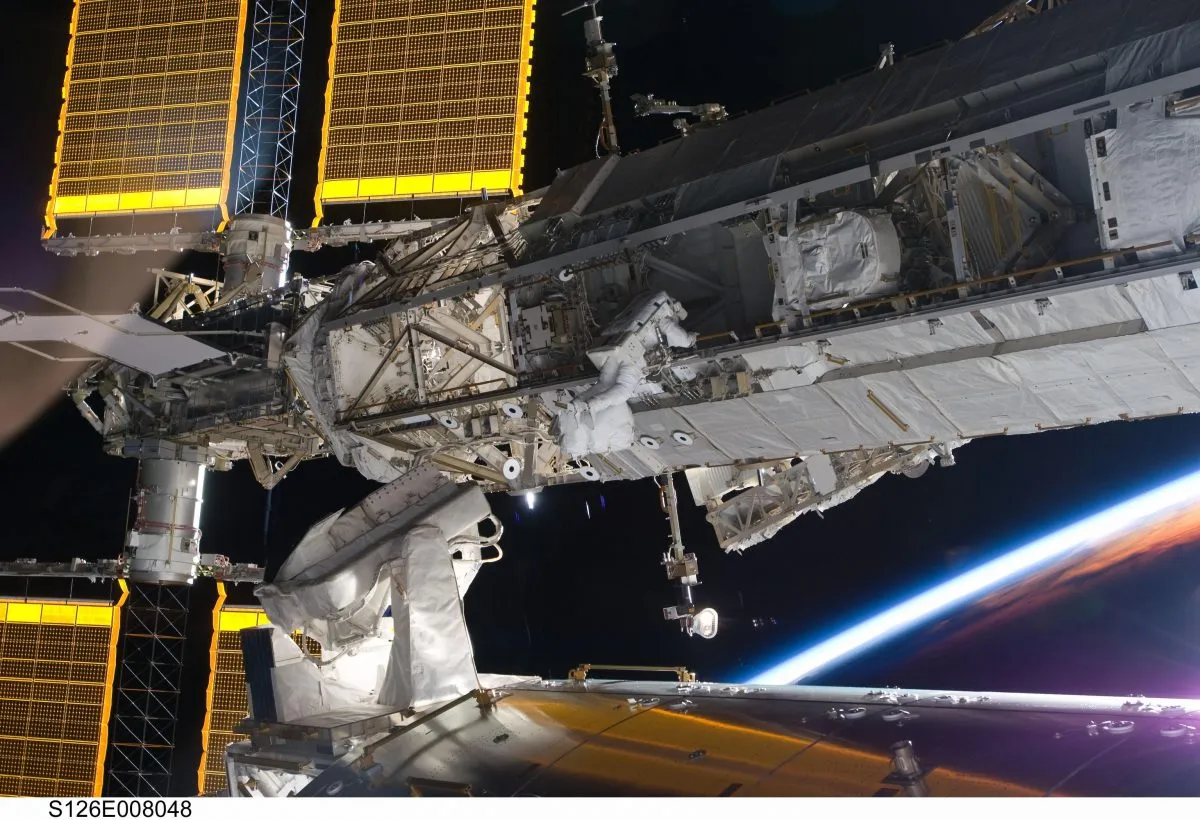
The ISS is capable of running until at least 2028, so there is still plenty of opportunity to spot the ISS and marvel that in the hostile environment of space, we have become permanent citizens.
While attention turns to the Moon and Mars, it’s worth remembering that were it not for the ISS, we could not even consider going further into the Solar System.
As discussions around a new era for the ISS continue, there could be no better time to celebrate the past 20 years, which have founded the beginning of a new frontier for humans in space.
Nisha Beejeraz-Hoyle is a space writer and journalist. This article originally appeared in the November 2020 issue of BBC Sky at Night Magazine.